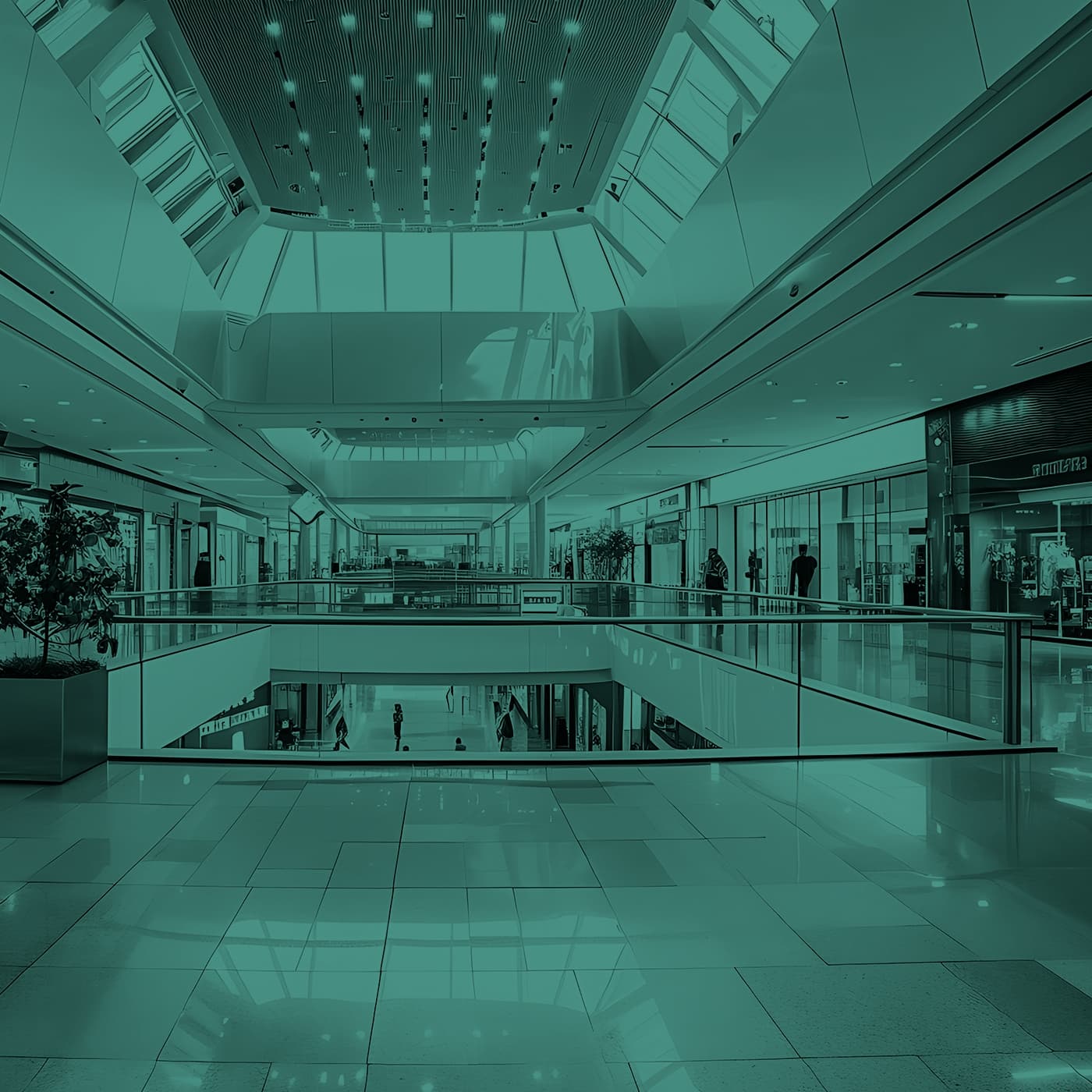
Mapped for RETAIL
Smarter operations. Better experiences.
Eliminate disconnected building systems and vendor silos with Mapped’s AI-powered data layer. Cut energy waste, prevent downtime, and unlock shopper insights portfolio-wide.

The challenge
Margins shrink as complexity grows
Shrinking margins, rising energy costs, and higher expectations are squeezing retailers. Disconnected systems across thousands of stores create costly blind spots and lock-in that slows innovation. Each new app means another integration.
Our solution
Mapped solves retail challenges
Mapped unifies HVAC, lighting, refrigeration, occupancy, and utility data in one platform for teams and tools alike. Deployed in days, it drives savings and smarter operations portfolio-wide.
Contact SalesOptimize store operations
Cut energy costs
Spot issues early
Analyze shopper traffic
Simplify ESG & compliance
How Mapped Works
Connect, structure, and use your data
1. Connect
Plug in our gateway or connect virtually. No site visit required. Once connected, Mapped automatically ingests data from any system, sensor, or source — modern or legacy, cloud or on-prem.
2. Map
We use AI and machine learning to organize, classify, and enrich your data. Mapped supports BRICK, Haystack, or your own custom ontology.
3. Use
Structured data flows wherever you need it — dashboards, automation tools, apps, data warehouses or analytics — via a modern, flexible interface.


WHY RETAILERS CHOOSE MAPPED
Built for speed, scale, and flexibility
- Works with both legacy systems and new operating tech
- Reliable data you can use anywhere, with no vendor lock-in
- 10x faster time to value than traditional integration — results in days, not years
- No rewiring, retrofits, or replatforming required
- Enterprise-ready with built-in flexibility and SOC 2 compliance for security and peace of mind
View Case StudyProven Results that Scale
Real savings, faster performance
Mapped is helping teams move faster, reduce costs, and unlock more value from the systems they already have.
up to 95%
faster data integration
up to 70%
lower integration and middleware costs
10-15%
energy savings across portfolios
20%
savings in downtime costs
Deployed across 250M+ sq ft and 1,000+ properties — from retail chains and corporate campuses to airports and hospitals.
CUSTOMER SPOTLIGHT
100 million sq ft. One portfolio view.
A Fortune10 retailer needed to cut costs and modernize store operations, but siloed systems across locations slowed analytics and blocked pilots from scaling.
Mapped integrated refrigeration, HVAC, occupancy, and environmental data once to power predictive maintenance, energy savings, and ESG insights.
Results
842
issues identified
20%
savings in downtime costs
$1.4M
saved in six months

70% of the challenge in analytics is getting the data ready. With Mapped, that’s no longer our problem — it’s our advantage.
Industries
Company
© Mapped 2025. All rights reserved. SOC compliant.






